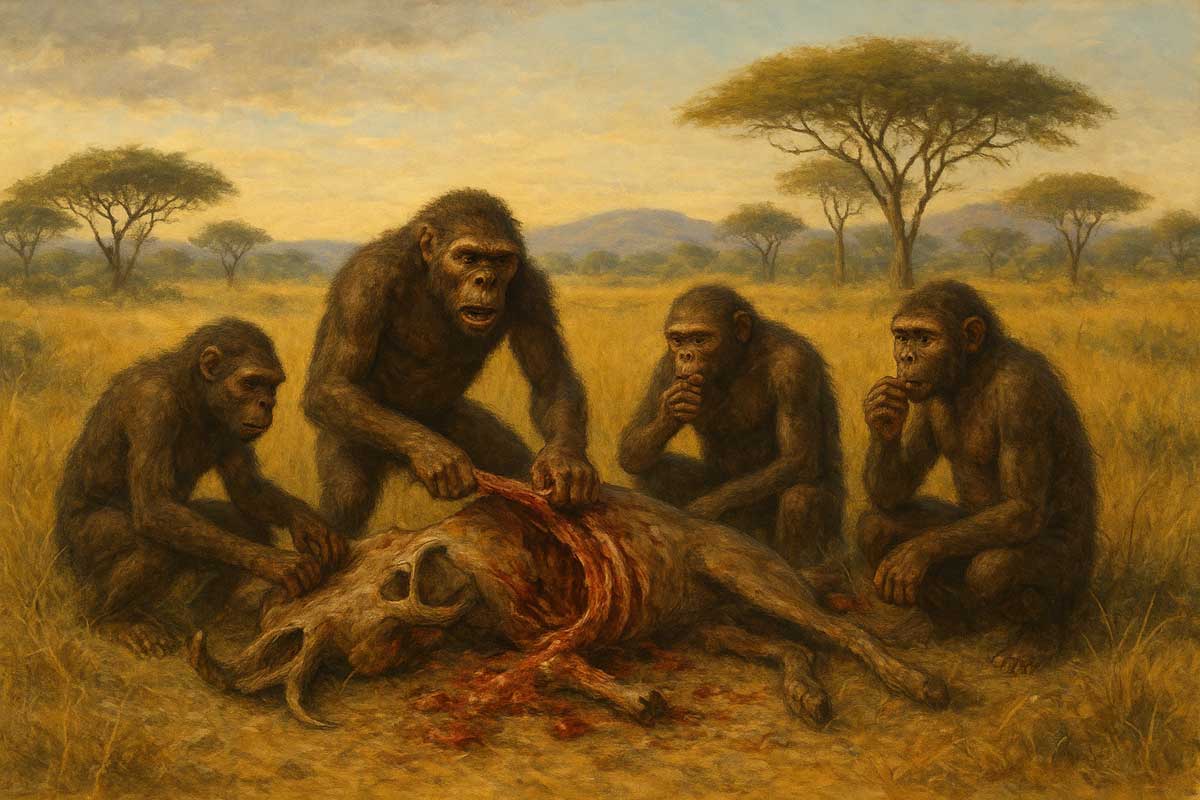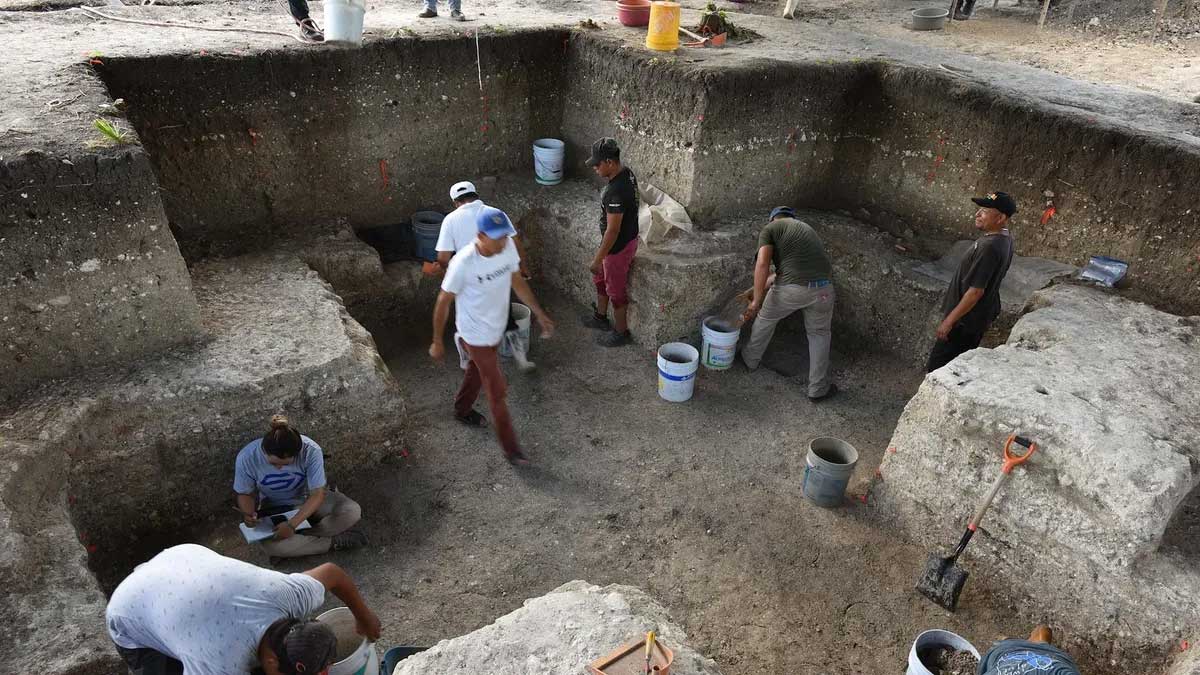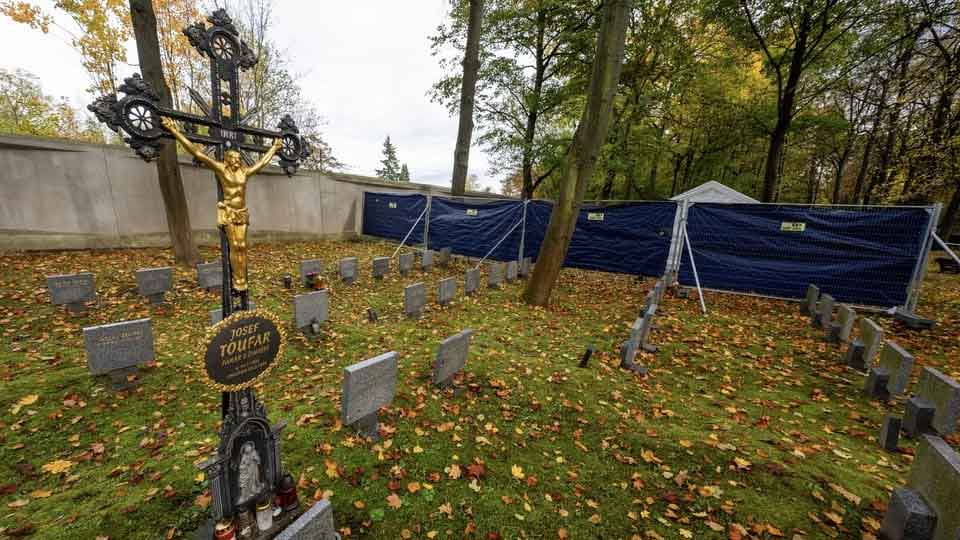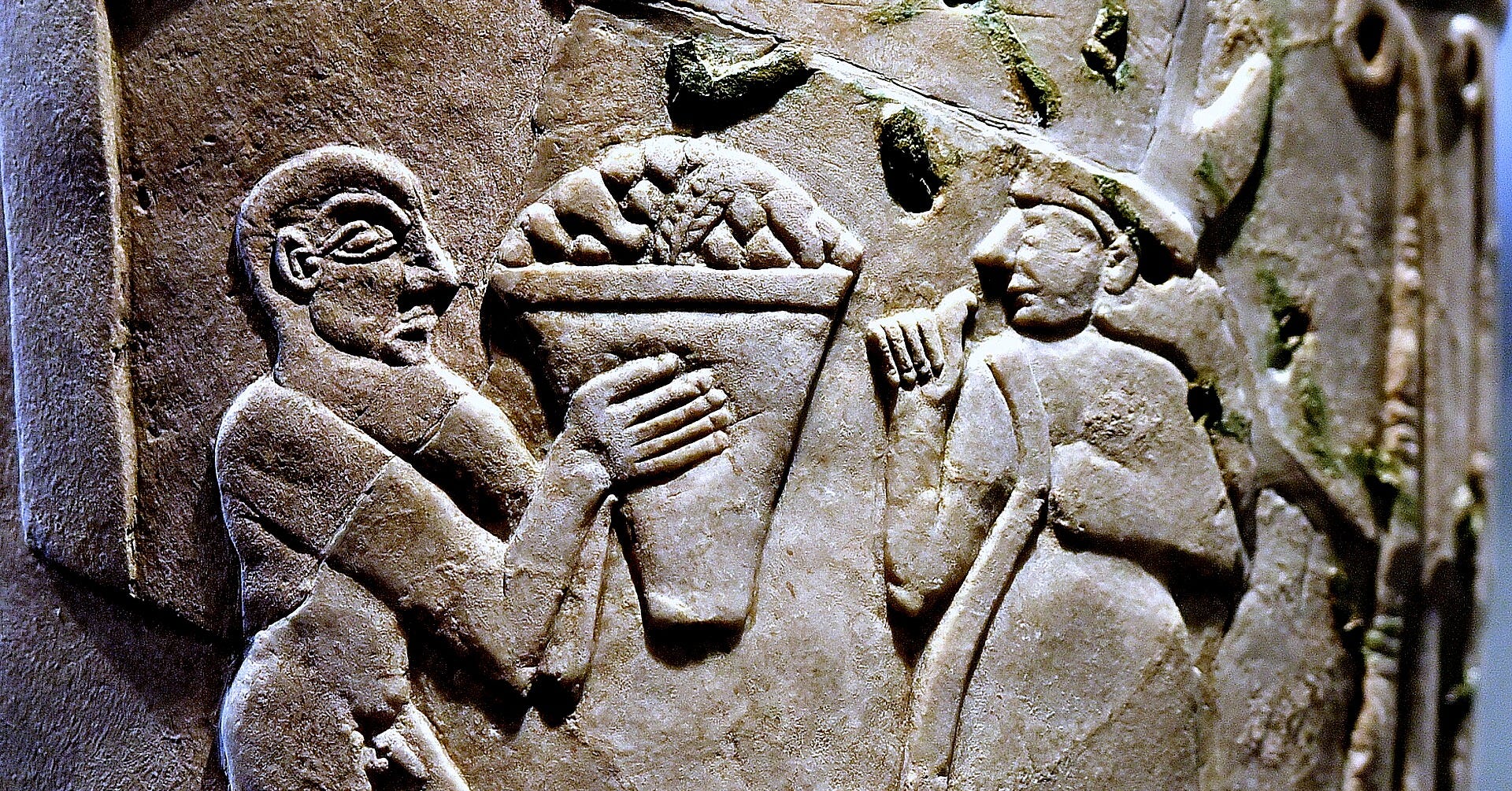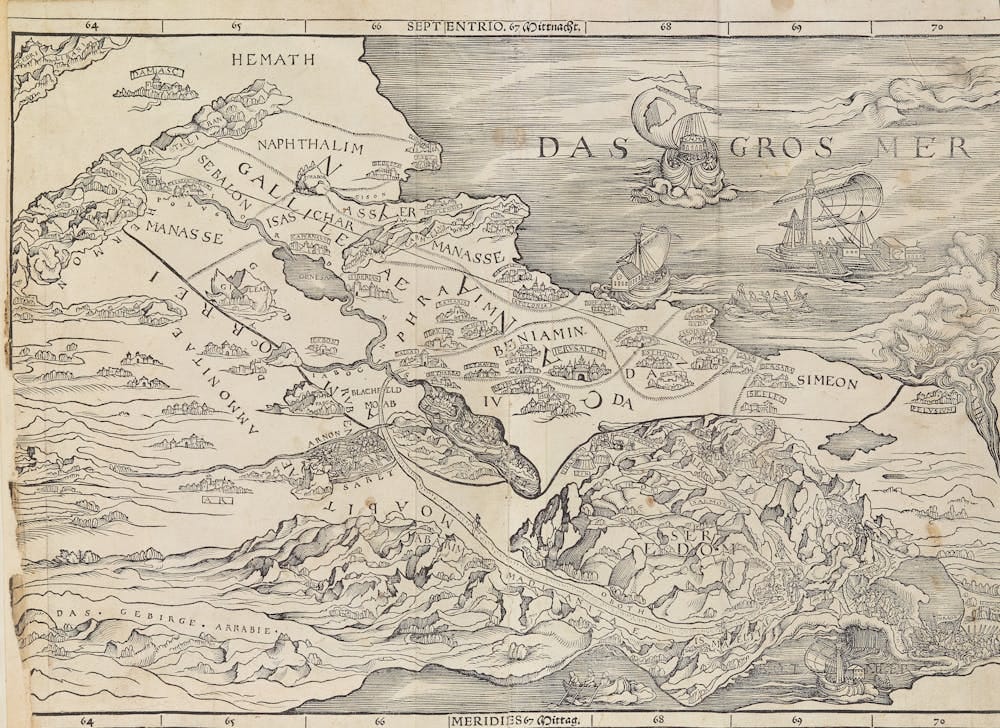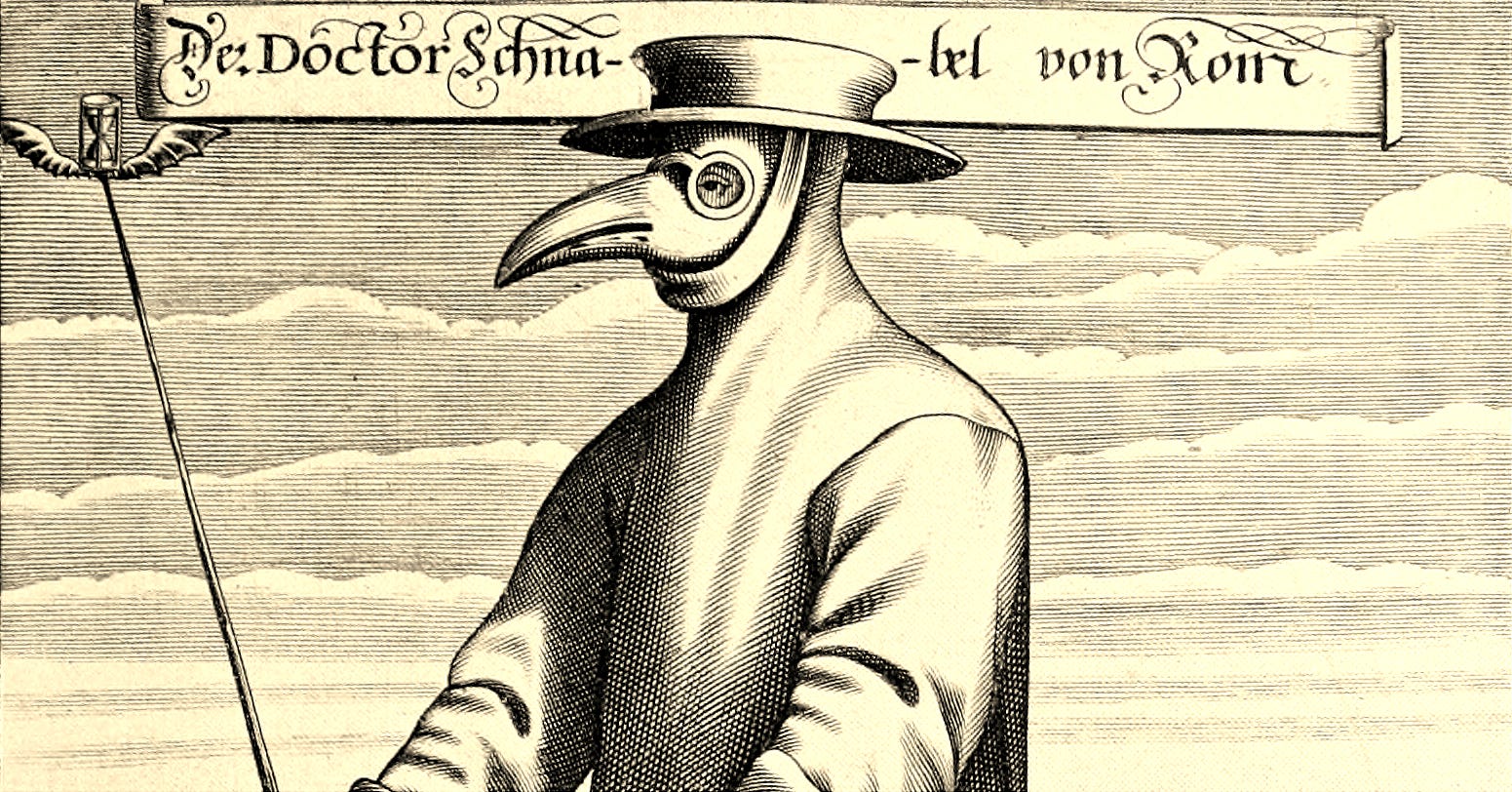In a dusty archive at the University of Zürich, a Swiss teenage victim’s preserved lung dating back to the 1918 Spanish Flu has spilled genetic secrets on one of history’s deadliest diseases. Swiss researchers (spearheaded by paleogeneticist Verena Schünemann at the University of Basel) managed to sequence the full genome of the 1918 flu virus using a clever new RNA recovery technique. This research in turn has expanded our understanding on how viruses evolve, and how we could prepare for future pandemic challenges—connecting a century-old tragedy to the challenges we face today.

A Flashback into the “Spanish Flu” Virus Horror
Though the 1918-1920 influenza pandemic has been known throughout history as the “Spanish Flu”, the naming is rather inaccurate since the virus may not even have started in Spain. Nonetheless, the pandemic was a world-spanning catastrophe. This virus has taken the lives of 20 to 100 million people; more so than World War I—which was happening at the same time. Unlike today’s flu which often hits the elderly hardest, the Spanish Flu claimed the lives of healthy young adults in just a matter of days.
The pandemic’s origins are still a bit of a mystery. Some historians theorized it started in the USA, with the first recorded case taking place in Kansas. Meanwhile, other historians speculate that the virus has its genesis in Asia, carried over to the USA or in France by Vietnamese or Chinese laborers. Wherever its origins are, the result was an impactful tragedy that wrecked many diverse communities on an epic scale.
The Spanish Flu’s first wave struck Switzerland during July 1918. During this timeframe, the pandemic killed thousands of lives in the country. Among the victims includes an 18-year-old from Zürich whose lung tissue would later become a scientific breakthrough in the present day.
Tucked away in a formalin-filled jar at the University of Zürich’s Institute of Evolutionary Medicine, the teenager’s lung sample held a snapshot of the virus at the pandemic’s start. Schünemann’s team (an ensemble crew of researchers from Basel and Zürich) painstakingly pulled out the virus’s genetic material. This marks the first time anyone’s sequenced a 1918 flu virus genome from a Swiss sample; showing us how the virus tweaked itself to wreak havoc in Europe. By comparing it to samples from Germany and North America, they pieced together how this bug became so efficient at infecting humans. Here’s the most creepy part: the infection process back then is similar to what we’ve seen in modern pandemics.

What Made the 1918 Spanish Flu Virus So Deadly?
The 1918 virus was a master of destruction thanks to a few genetic tricks up its sleeves. The Swiss team spotted three notable mutations in the Zürich sample that turned it from a run-of-the-mill flu into a human-adapted nightmare. Two of these changes helped the virus slip past the body’s immune defenses by specifically dodging interferons—those proteins that act like the body’s first responders against viruses. This lets the virus leap from animals to humans more easily, a trait we’ve seen in later pandemics like the H5N1 bird flu.
The third mutation souped up the virus’s hemagglutinin (HA) protein that works like a skeleton key to unlock human cells. This tweak made the virus stickier and more infectious in the respiratory tract.
Here’s the kicker: these mutations were already in play by July 1918 during the pandemic’s first wave, and they stuck around through its deadlier second and third waves. If so, this means that the virus was already pre-wired for humans early on. Corresponding with earlier studies of North American samples (Taubenberger et al., 2005).
By cross-checking the Swiss genome with sequences from victims in Berlin and Alaska, the team confirmed these mutations were indeed widespread. It’s no wonder the 1918 flu spread like a raging wildfire. So much so that the virus was able to overwhelm hospitals and morgues across continents.

Ancient RNA’s Secrets
“Ancient RNA is only preserved over long periods under very specific conditions. That’s why we developed a new method to improve our ability to recover ancient RNA fragments from such specimens.“ — Christian Urban, the first author of this study from the University of Zürich.
Pulling genetic material from a 100-year-old sample is no mere cakewalk. Influenza viruses use RNA, which is notorious for being fragile compared to DNA…and falls apart quickly. Formalin preservation is great for keeping tissue intact, but the downside is that it often breaks RNA into tiny unreadable bits. The Swiss team, however—including first author Christian Urban from the University of Zürich—came up with a nifty new method to salvage and verify these RNA scraps. This lets them rebuild the virus’s full genome with impressive accuracy.
Past efforts, such as sequencing the 1918 virus from frozen Alaskan bodies (Reid et al., 2000), needed near-perfect samples. This time, however, the Swiss team’s technique opens the door to studying RNA viruses in more common formalin-fixed specimens; which are sitting in medical archives all over the world. Working together with the Berlin Museum of Medical History at Charité gave the team access to more samples which makes their findings even richer.

Prepping for Future Pandemics
“Medical collections are an invaluable archive for reconstructing ancient RNA virus genomes.” — Frank Rühli, head of the University of Zürich’s Institute of Evolutionary Medicine, and co-author of this study.
The 1918 flu exposed how unprepared the world was for a viral onslaught. Back then there were no preparations for vaccines nor antivirals. Just hope and makeshift hospitals. Today—with viruses like SARS-CoV-2 and H5N1 looming—understanding how past pathogens evolved is more important than ever. This Swiss study gives us a playbook for tracking viral mutations, and showing how a few genetic tweaks can turn a mild bug into a global menace.
By combining genetic data together with historical records, the Swiss team is building tools to predict future pandemics. Their blend of paleogenetics, epidemiology and history offers a clearer structure for forecasting how viruses (especially of the RNA type) might evolve or mutate at rapid speed.
In the end, dusty medical archives are proving to be unsung heroes in this fight. By preserving tissues, hospitals and museums gave us valuable gifts for modern scientific research. Future studies will likely build upon this, tracking the 1918 virus’s global path through more genomes.
The Swiss team’s work on this Zürich lung sample reveals a virus that was ready to cause trouble from day one. Three key mutations let it dodge immune defenses and infect humans with terrifying efficiency, while a new RNA recovery method brought those secrets to light. This study weaves history together with cutting-edge science, and shows why medical archives matter in the bigger picture. As new viral threats loom, the lessons locked in a 1918 lung sample might just help us stay one step ahead.
Header Image: Autopsy of a Spanish Flu-infected lung from the USA’s National Museum of Health and Medicine. Circa 1914 to 1918. Source: CC BY 2.0.
References:
- Reid, A. H., Fanning, T. G., Hultin, J. V., & Taubenberger, J. K. (2000). Origin and evolution of the 1918 “Spanish flu” virus hemagglutinin gene. Proceedings of the National Academy of Sciences, 97(4), 1653–1658. https://pubmed.ncbi.nlm.nih.gov/9990079/
- Taubenberger, J. K., Reid, A. H., Lourens, R. M., Wang, R., Jin, G., & Fanning, T. G. (2005). Characterization of the 1918 influenza virus polymerase genes. Nature, 437(7060), 889–893. DOI: 10.1038/nature04230
- Barry JM. The site of origin of the 1918 influenza pandemic and its public health implications. J Transl Med. 2004 Jan 20;2(1):3. doi: 10.1186/1479-5876-2-3. PMID: 14733617; PMCID: PMC340389.
- Christian Urban, Bram Vrancken, Livia V. Patrono, Ariane Düx, Mathilde Le Vu, Katarina L. Matthes, Nina Maria Burkhard-Koren, Navena Widulin, Thomas Schnalke, Sabina Carraro, Frank Rühli, Philippe Lemey, Kaspar Staub, Sébastien Calvignac-Spencer and Verena J. Schuenemann. “An ancient influenza genome from Switzerland allows deeper insights into host adaptation during the 1918 flu pandemic in Europe”. 31 June 2025, BMC Biology. DOI: 10.1186/s12915-025-02282-z



